

Let us tell you about the journey of a company and a family that, over a century, with perseverance and determination, have never ceased being part of the industrial and commercial history of our country.
We may say that the Mazzola family has always known how to combine commitment to work with principles of absolute seriousness.
In addition to the founder Igino Mazzola, we remember his sons Mario Mazzola, Silvio Mazzola and his son-in-law Enea Spagnoli, who dedicated their working lives to the company, leaving us all a legacy of values and knowledge, precious for continuing the business for many years to come.
On 31 July 1918, at the age of 45, the “commendatore” Igino Mazzola, a senior manager of Abramo Pontecorboli, a company operating in the canned food sector since 1880, founded his company bearing his name, with headquarters in Genoa in the Palazzo della Borsa Valori in Piazza De Ferrari.
The company's main activity was the import of canned meats from Argentina, exotic products and spices, pepper and cinnamon, and coffee from Brazil. In that same year, the City Council granted the company use of the spaces of the former prisons of the Republic of Genoa at the Old Dock of the port, later used as a warehouse for goods where the Galata Sea Museum is today. These warehouses remained operational until the late 1960s.

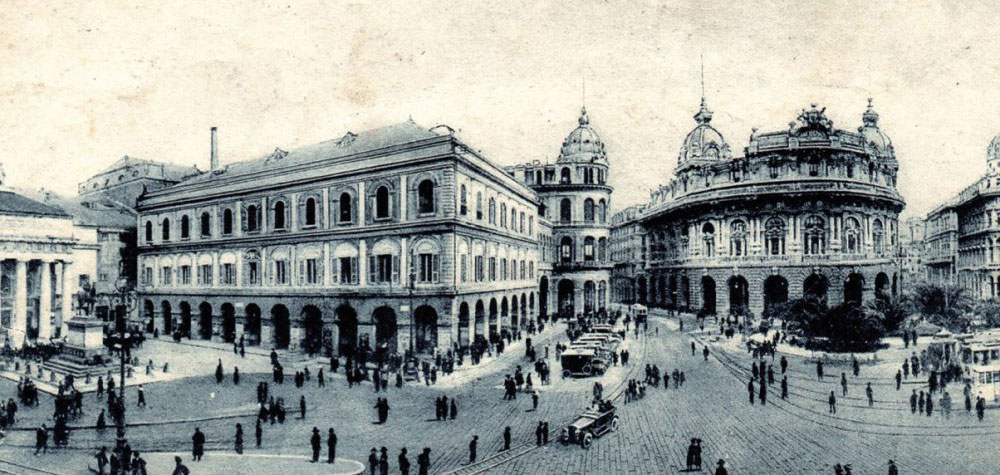



Igino Mazzola bought the factory in Marano Lagunare near Udine, which at the time produced sardines and blue fish, thus establishing the company “Conservificio Nord Adriatico Industria della Pesca” (C.N.A.I.P.) (North Adriatic Fishing Industry Cannery). As Italy was seeking autarky, Igino Mazzola decided to invest in the upper Adriatic, the sea then richest in blue fish. The company therefore set up three more industrial plants for fish processing and canning in Porto Tolle near Rovigo and in Istria in Lisignano (Ližnjan) near Pola, and on the island of Sansego (Susak).
During the same period, 20 fishing boats, each 30 metres long, were built by the Istrian shipyard Carniti e Giosa on the island of Cherso (Cres) and dedicated to fishing in the Adriatic Sea to serve the 4 factories they owned.

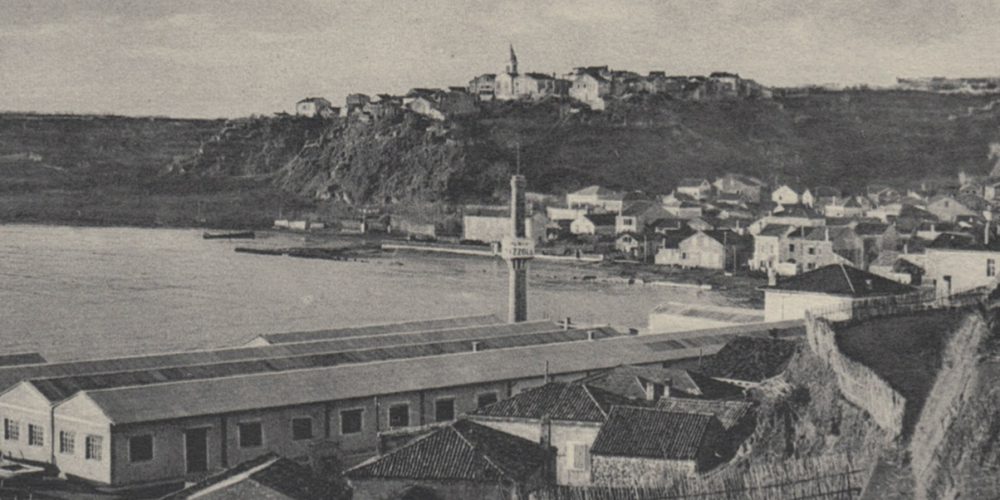
During World War II, the company continued to develop and work steadily, food being a strategic sector. Under wartime bombing, Igino Mazzola decided to temporarily leave Genoa and move his family residence and the company headquarters to Martellago near Venice, where he owned the 16 th century Villa Grimani-Morosini known as Ca' della Nave (today the Venice Golf Club).
The employees in Genoa and their families were also relocated and housed in residences built specifically to accommodate them. The offices, on the other hand, were housed in the 18 th -century porticoed “Barchesse” on either side of the Villa.


Igino Mazzola was appointed Grand Officer in the Order of the Crown of Italy and Honorary Citizen of Marano Lagunare.
When the conflict was over, the Mazzola family and the administrative headquarters of the Companies returned to Genoa to the premises at Piazza de Ferrari 4, an office designed for the occasion by the famous rationalist architect Beniamino Bellati.
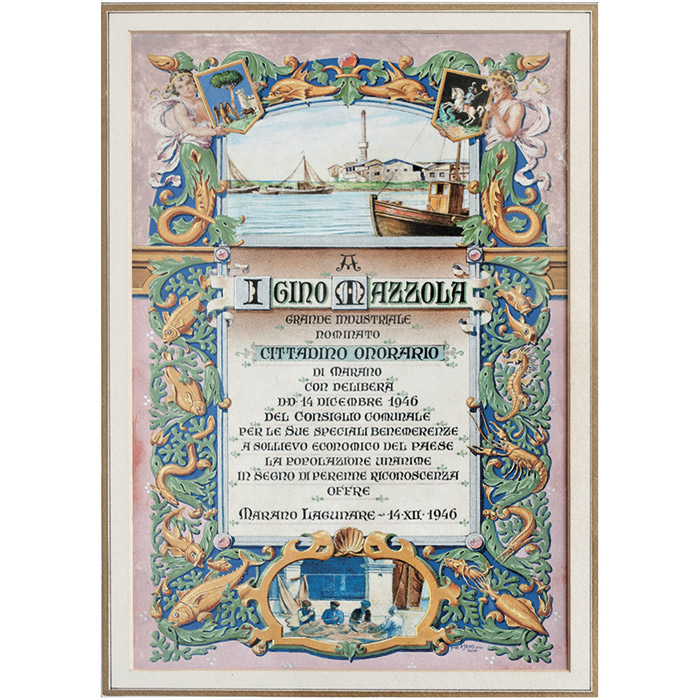

Although it continued to produce food during the Second World War, in 1948, thirty years after its foundation, the Igino Mazzola company reinvested in technology and increased its production potential, projecting itself into the future.
In the same year, Igino Mazzola founded the Fish Union company in partnership with the Marabotti, Gismondi and Eminente families for the importation of dried and salted cod, at that time the most widely consumed fish product). Soon the Fish Union company became the most important in Italy in its sector with hundreds of train wagons of merchandise imported and sold per year.
On 25 February 1952, founder Igino Mazzola died at the age of 79, leaving the company in the hands of his two sons Mario and Silvio, who took over the reins, and his two daughters Flora and Pia.
Taking its name from the well-known song by the Neapolitan musician Renato Carosone, the new Maruzzella canned tuna line was born.
The line was immediately highly innovative for the time. The design of the can was revolutionary. Tradition dictated that red should be used for the tuna's trunk, green for the tarantello (the lower part of the abdomen) and yellow for the ventresca (the fattest and tastiest part of the tuna, that of the abdominal cavity). On the Maruzzella tin, on the other hand, the colors white and blue (of the waves) prevail, on which the trademark (like a lit-up sign) in white, red and yellow stands out.
Igino Mazzola radically innovated the sector by bringing another great novelty: Maruzzella was the first brand in the world to offer 100 g and 200 g single-serving tins, unlike the rest of the market, which continued to produce the standard formats of the time, i.e. the larger 3, 4, 5 and 10 kg tins for retail sale in delicatessens and markets.
This highly innovative idea immediately met with the success with the consuming public, allowing the canned tuna market to develop and the Maruzzella brand to spread exponentially. Maruzzella immediately became the leading Italian brand of canned tuna.



Today, the 80g single-serving can is the most widely produced and consumed container, in absolute terms.
In 1958, the Mazzola family set up the company 'Herring Imports' in co-ownership with Mr Cardini, importing foodstuffs such as herring and smoked salmon and 'spirits' from England. The newly formed company distributed the Champagne brands Moet & Chandon and Piper Heidseck and the Whiskey Red Tape label for a period. In the meantime, the company established its administrative offices on the main floor of Palazzo Sopranis, Via Cairoli 11.
Igino Mazzola Spa acquired the Genoa-based Compagnia Italiana Pisonis (founded in 1882) together with its production plant in Loano near Savona. This company was a large and prestigious producer of meat extracts and stock cubes, later sold to the Fossati family's Star, and canned fish under the La Pinta and Peschereccio brands, which they still sell today. The newly acquired company was called 'Consermar'. By this time, the company had become the largest and most important canned fish company in Italy and among the first in Europe.
During these same years, an anchovy factory was purchased in Spain, in Guetaria (Basque Country) and at the same time Igino Mazzola España S.a. was set up in Madrid. In order to cope with the ever-increasing demand for tinned mackerel and anchovies in brine, Igino Mazzola Spa also created a network of third-party suppliers working for its brands (Maruzzella, Giglio, Sigillo d'Oro, and IM San Giorgio), which stretched for thousands of miles along the Atlantic Ocean coast from Vila Real de San António in Portugal, to Santander, Santona, Castro Urriales, Motrico, Bermeo , Ondarroa, Orio, Fuenterrabía in Spain to St. Jean de Luz in France. Success with the consuming public allowed the canned tuna market to develop and the Maruzzella brand to spread exponentially. Maruzzella immediately became the leading Italian brand of canned tuna.
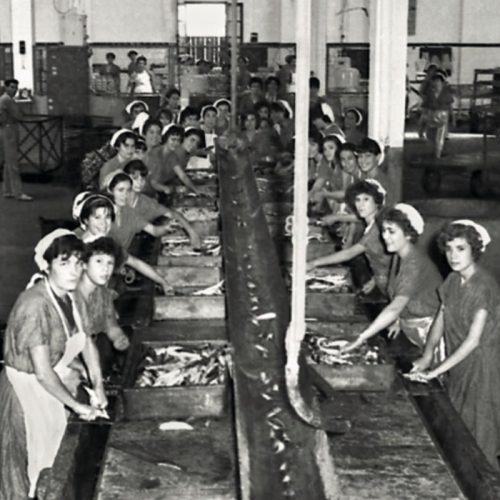


By virtue of an agreement with the Musetti-Greco family, owners of the Porto Scuso tuna fishery in Sardinia, Mazzola took over the operational management of the plant, being able to count on cutting-edge, top-quality production know-how.
In the wake of its innovative tradition, first in Italy and under exclusivity arrangements, the company, in collaboration with its supplier Cofaco, an industry located in the Azores Islands, launched the '¼ club' tuna fillet tin, caught with a rod and processed from fresh in 125 g. This was another great success that lasted until the early 1980s, when the exclusive contract came to an end, opening up the market to competition on this high-performance format.
The headquarters were meanwhile moved to two floors of Palazzo Nicolò Lomellini better known as 'Palazzo Lauro' in Piazza della Nunziata 5.


The company inaugurated the fishmeal factory in San Giorgio di Nogaro near Udine, and built a warehouse for finished products. The administrative offices were in the newly completed management building in Corte Lambruschini.


The company celebrated 100 years since its foundation in top form and was honoured by the State Mint with the issue of a dedicated postage stamp.
Igino Mazzola Spa is currently one of the very few companies active in the world of preserves to have at its helm the same family that founded it, uninterruptedly for over a century.
Today's ultra-modern, large and tidy warehouses are located in the province of Alessandria, a strategically position in the Po Valley to better reach all destinations, yet at the same time in the Genoa hinterland.

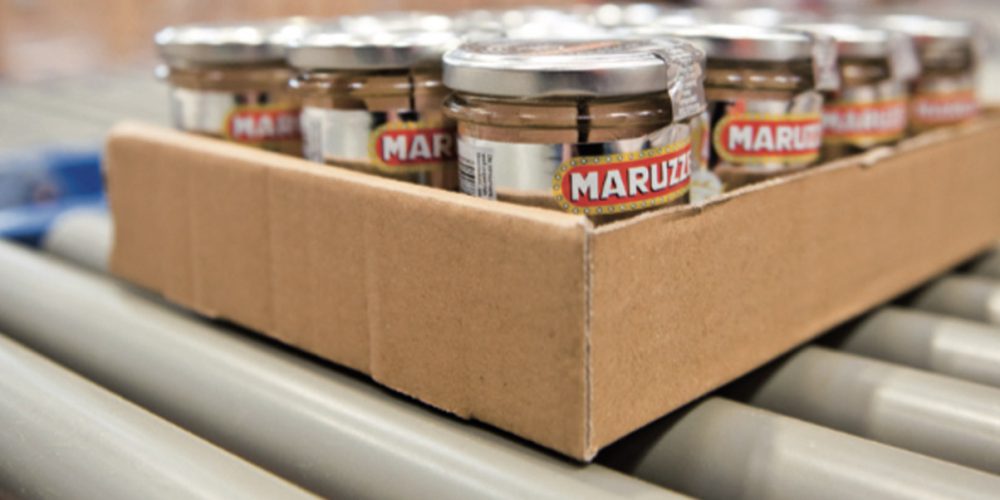



Igino Mazzola Spa was awarded the “Impresa Storica d'Italia” award by the Italian Chambers of Commerce and in particular by that of Udine.

Maruzzella and Capri are registered as Historical Brands
